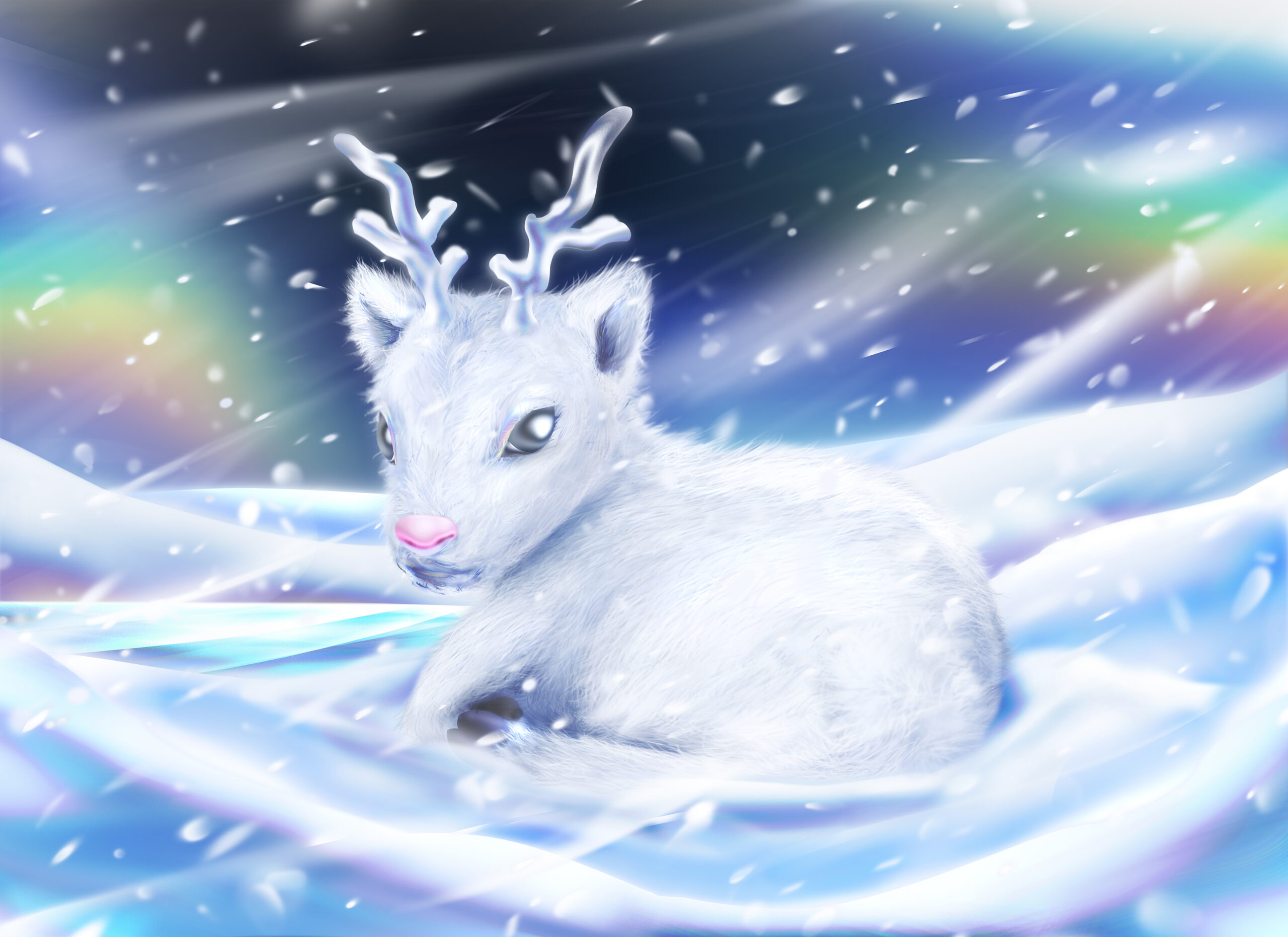The fear of darkness is an evolutionary response in humans, a vestige of our own ancestors’ survival responses to the dangers posed by the night. With the advent of technology, humans have sought to conquer the night first with fire, then artificial light. In this way, we have always held darkness at arm’s length. In this series on Nightlife, we embrace the darkness and delve into worlds that come alive when the sun sets. These stories unearth the rhythms, metabolisms and revelations that flourish in the dark.
Nightlife, of course, would be nothing without the dancefloor. The past two years of the pandemic have seen a transformation in how we gather. In negotiating the safety of our communities as well as the survival of our favorite venues, revelers have been forced to approach nightlife with a more critical mindset. Lo Alalay and Angelique Rosales Salgado take the club, the bar, and the rave to task, exploring how the design of our nightlife spaces can facilitate the mutability of the self. In this collaborative meditation, Lo and Angelique ask: What would our spaces of communion and body movement look like if form followed fantasy?
Beyond the revelry we take a look at the systems and ways of living that have developed and thrived under the cover of darkness. Berlin Wagar-Kim shares the history of the moon’s influence on biodynamic farming practices. John Kazior considers a bioregional food system shaped around light and more importantly, the absence of it. In his piece on multispecies relationships, he looks at practices by the Sámi, foragers, fungi, worms, and fermenters which help to sustain life in the night season of the Arctic winter.
Lastly, we turn to the species who inhabit the nocturnal world in acknowledgement of all that we have yet to learn about the night. I speak with scientists studying nighttime pollinators — moths, bats, sweat bees — on the often unseen, but essential role these nocturnal creatures play in upholding biodiversity and agriculture as well as the threat light pollination poses to their existence. Our editor-in-chief, LinYee Yuan rounds out the series, looking to the future of microalgae and delving into what flavor produced in the absence of light will look like.
As we publish this series, we are coming to the end of January, a month whose winter darkness ushers in reflection, hibernation, and restored energy. On this side of the Winter Solstice, it is easy to fall into the anticipation of longer days and warmer temperatures. However at this precipice, we want to cultivate a new appreciation toward the night. Through these stories, we hope you will consider darkness as a space of possibility and celebration, and an opportunity to be in communion with the unknown.
With hope and gratitude,
Isabel





